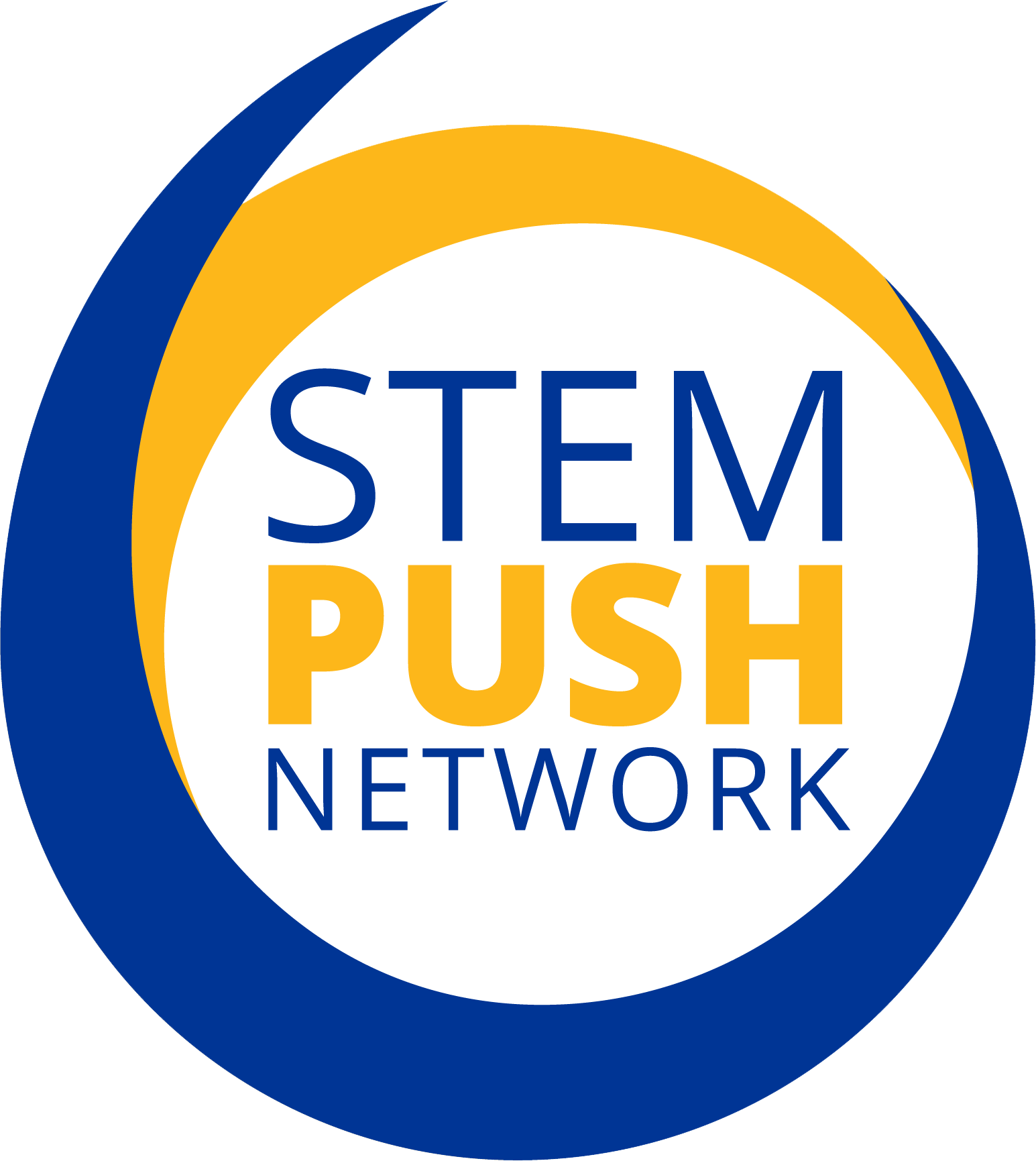Brainstorm a recruitment list based on the STEM PUSH Network’s PCSP criteria.
Familiarize yourself with the STEM PUSH Network’s recommended criteria for PCSPs. Then, begin brainstorming possible programs from within your ecosystem that fit the criteria. To guide your brainstorm, focus on one or two requirements, those that may help you refine your list the most.
Try to identify at least eight potential programs during your brainstorming. If you have several programs on your recruitment list, revisit the criteria list and use it as a rubric. Consider how you’d score potential programs in criteria and narrow your list to reflect the top scorers.
As needed, enlist second- and third-degree contacts and think outside the STEM box.
If you’re struggling to source potential programs, work through your first-degree ecosystem connections to source second- or third-degree contacts. Ask for introductions from your first-degree contacts, so you can begin building new one-to-one relationships without alienating pre-existing relationships. Keep your requests to secondary contacts simple (i.e. “Can you share the PCSP opportunity with your network?”) Even if your ecosystem doesn’t have strong ties to higher education, this spider web effect will increase your list of possible program recruits.
Refine your list by prioritizing programs you or others have relationships with, or those that are highly active in your ecosystem.
If you have a lengthy list of potential PCSPs, look for familiar faces. Who do you have working relationships with, through either ecosystem initiatives, member programming, or individual connections? Look for “backbone” organizations from your ecosystem or greater community. Who’s been around the longest, or is the most established? Who’s the most active and engaged in your ecosystem?
Add “wishlist” partners.
After drafting and refining your PCSP recruitment list, review it once more through an aspirational lens. Are there any organizations, universities, or projects that your ecosystem would like to build a relationship with? Several STEM PUSH ecosystems, including Cohort 2’s SciTech Institute, affirm that STEM PUSH has provided a way to think outside the box in terms of partnerships and outreach to new connections.
Consider the college connection.M box.
Many PCSPs operate within colleges and universities. Though these programs may seem more suited to STEM PUSH work than those not connected to higher education, they share many of the same challenges. Even if connected to a college or university, a PCSP run out of a particular department often has different goals than – and a lack of communication with – their admissions office.
Make the ask, clearly outlining expectations, requirements, and benefits.
Once you’ve finalized your list of potential PCSPs, make a personalized ask to each program. If you have a mutual connection (like another ecosystem member or a STEM PUSH team member), include them in the message. Otherwise, send a short introductory email that provides an overview of the STEM PUSH Network and invites the program to schedule a meeting with you to learn more. During this meeting, review the expectations, requirements, and benefits of participation in STEM PUSH in detail.
Should any of your potential programs not be selected for participation, be sure to close the communication loop. Send them a personal note to thank them for their time and effort. Indicate a continued willingness to work together, as this will leave the door open for other collaboration – related or unrelated to STEM PUSH – between your ecosystem and their program in the future.

